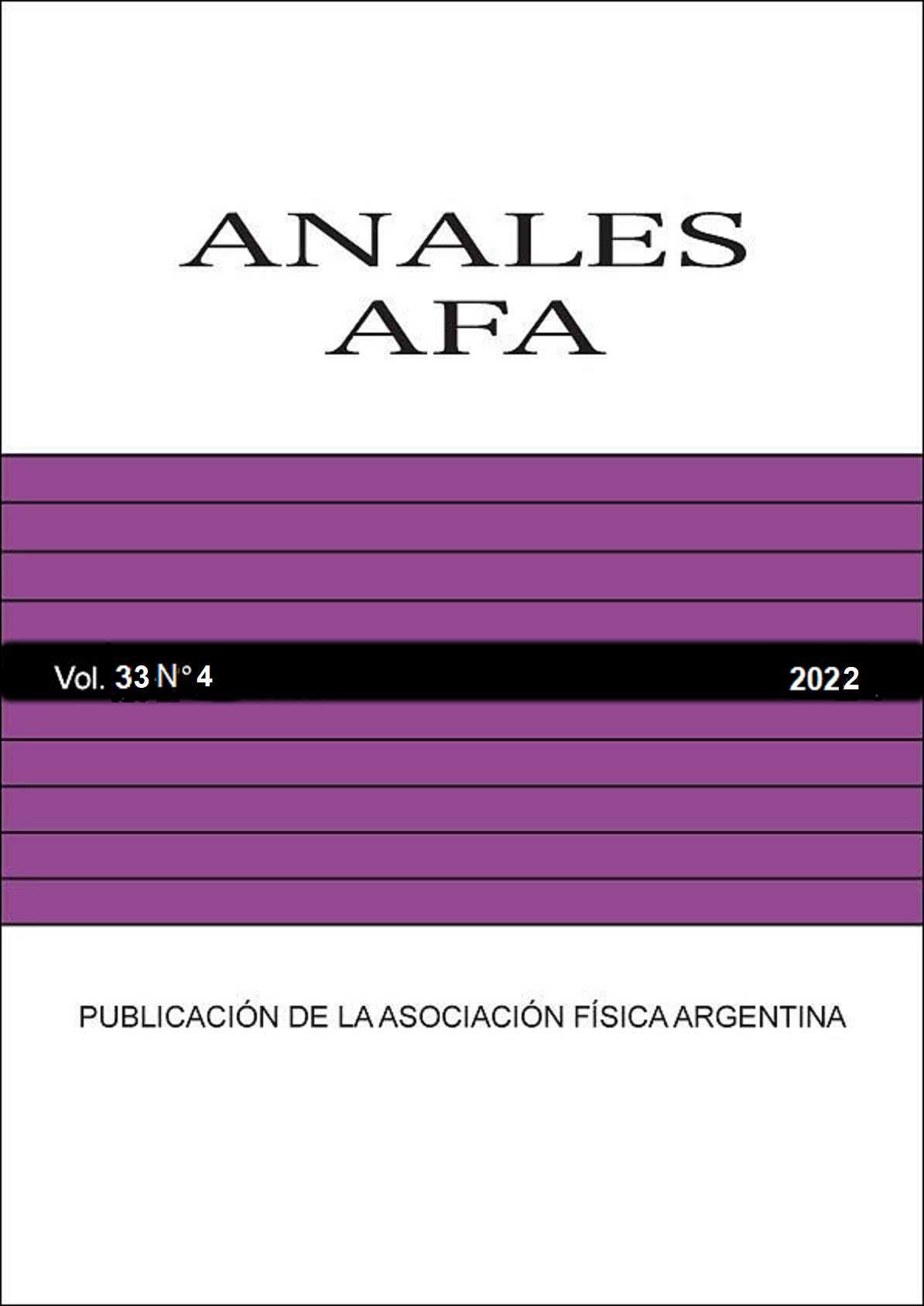FORMATION OF PALLADIUM NANOPARTICLES BY THE POLYOL METHOD: INFLUENCE OF ALKALINE CONDITIONS
Abstract
The effect of sodium hydroxide (NaOH) on the size of palladium (Pd) nanoparticles obtained by the simple polyol route was studied. Nanoparticles were synthesized at room temperature using palladium(II) chloride (PdCl2) and NaOH dissolved in ethylene glycol (EG) as reduction reaction promoters. No protective agents or stabilizers were used. We monitored the reaction kinetics and the growth of the nanoparticles by UV-vis spectroscopy and their crystallinity by powder X-ray diffraction (XRD) as a function of NaOH concentration. Crystallite size was evaluated from the diffraction pattern. We found that nanoparticle growth is strongly influenced by the NaOH : Pd molar ratio. Crystallite sizes from 2 to 24 nm were obtained for molar ratios ranging from 1 to 33. At lower concentrations of NaOH, the nucleation and growth process of the nanoparticles were found to be controlled by the reduction of the Pd ion precursors. At higher concentrations, the intermediate reduction of Pd-Cl-OH species determines the nanoparticle growth rate resulting in the formation of the smallest final size nanoparticles.




